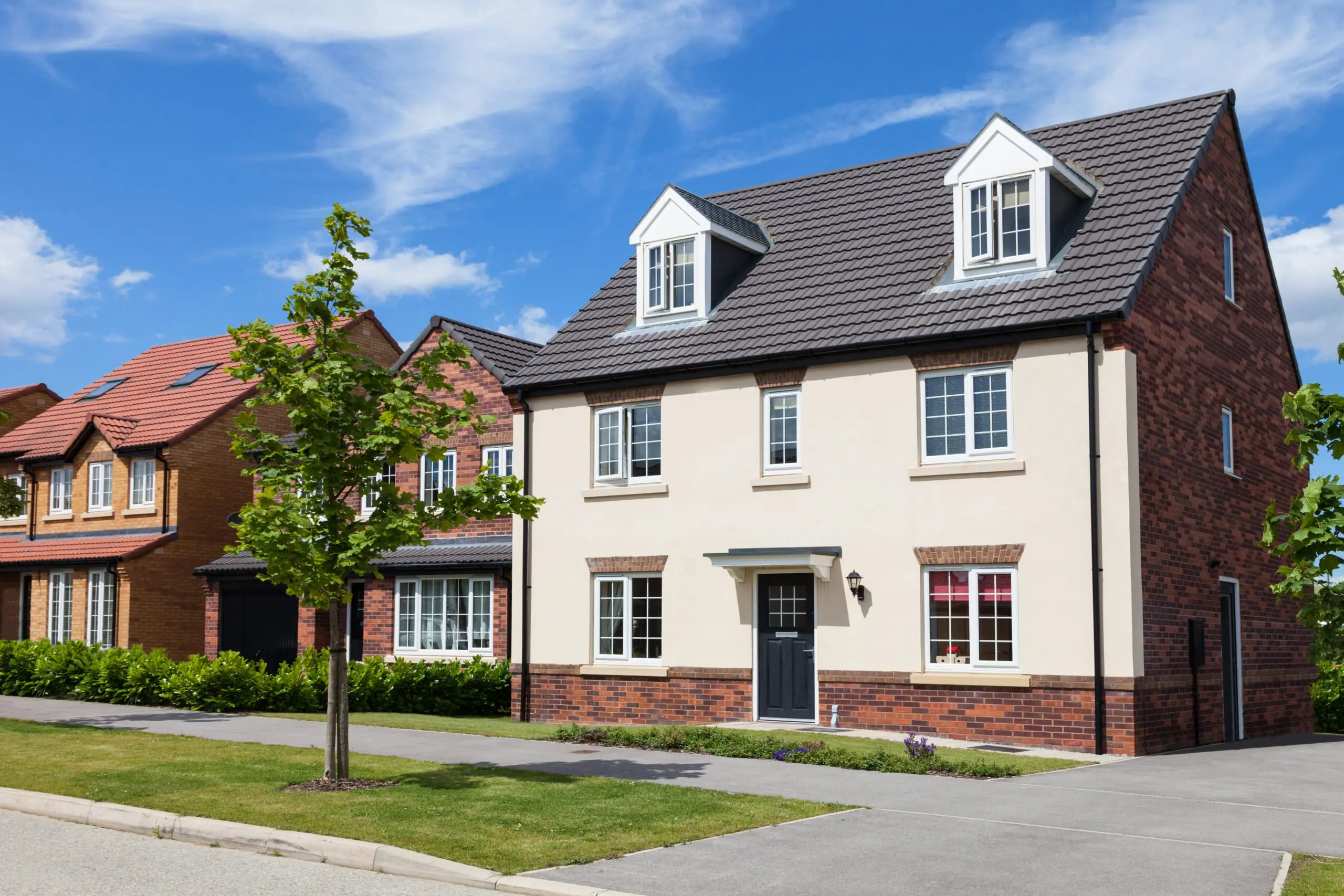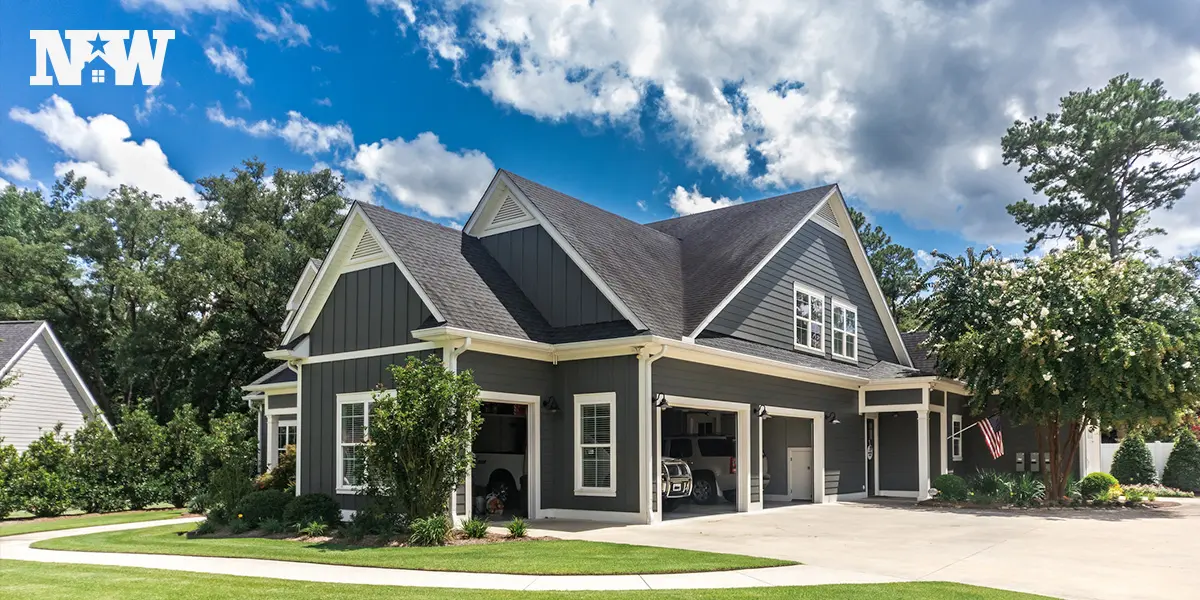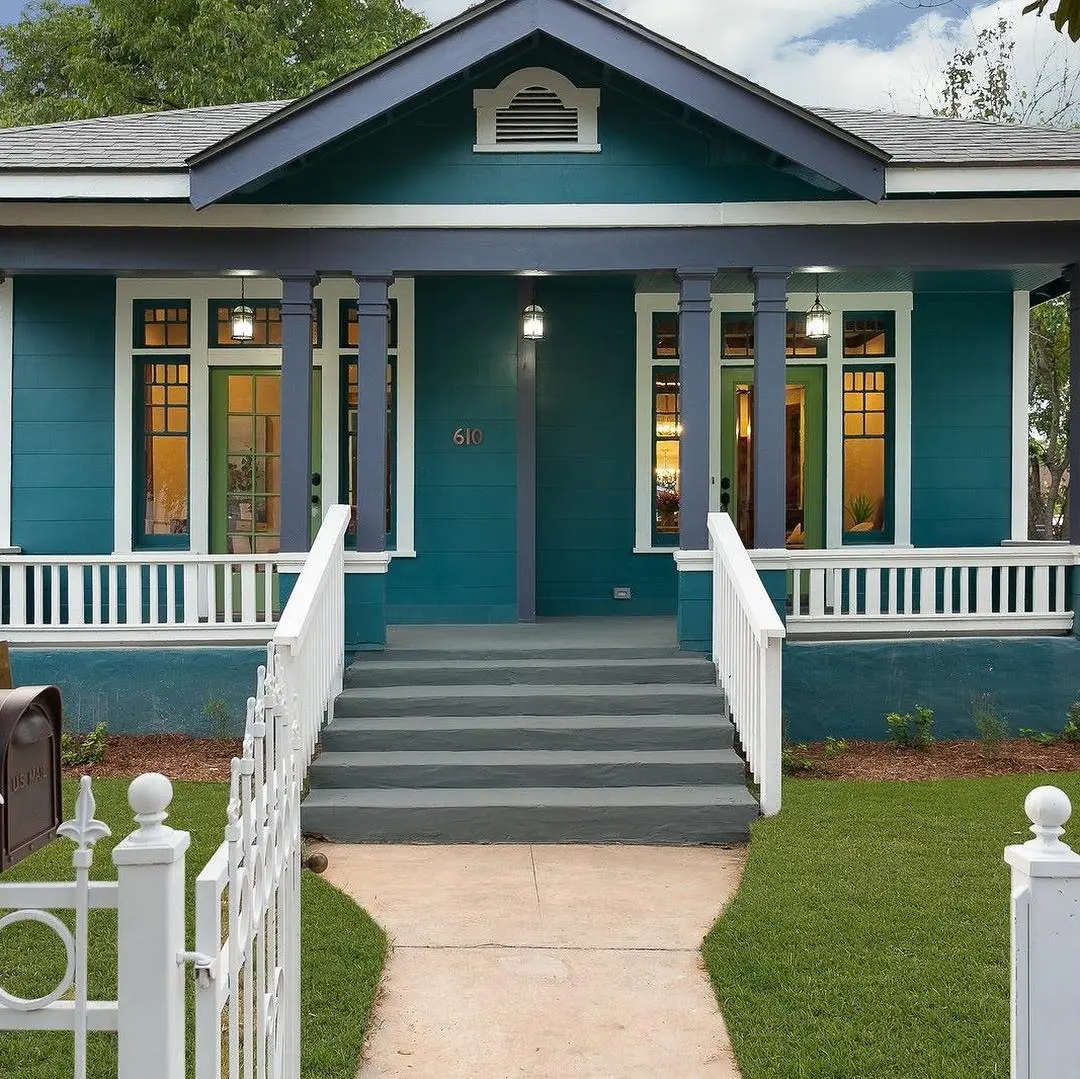Attempting to make it as a real estate investor requires a lot of money, but did you know you could get investment property loans with 10 percent down? You read that right. It is possible to finally make a move on that sweet investment property that you’ve had your eye on.
If we’ve piqued your interest and you want to learn more about low down-payment investment loans, then you’ll want to keep reading. There’s a lot to cover on this topic.
What You Need to Know Before Looking Into Investment Property Loans with 10 Percent Down
Before we can begin looking at investment property loans that require 10 percent down, we first need to look at the different types of investments you can make in real estate.
1. Residential Real Estate
Investing in residential real estate is the most common type of real estate investing. Investors make money from collecting rent, either from long-term renters or short-term rentals. Along with rental income, investors make money from property appreciation, and they’ll get a profit if and when they sell.
2. Commercial Real Estate
Investing in commercial real estate is like residential investing, but for businesses. Investors buy buildings (office buildings, strip malls, gas stations, etc.) and lease the property to a business.
Industrial real estate (buildings where products are manufactured) and retail real estate (buildings where the public can purchase goods, like a shoe store or grocery store) also fall under commercial real estate.
Note: If you decide to invest in commercial real estate, be aware that they often require higher down payments and other expenses that you don’t incur with residential investing.
3. Real Estate Investment Trusts (REITs)
REITs are companies that own large commercial buildings like hotels, casinos, malls, and office buildings. When investing in REITs, you are investing in the real estate owned by the companies without dealing with the risks of actually owning the real estate properties.
REITs must return at least 90% of taxable income to their shareholders each year. This means investors receive annual dividends while benefitting from a diversified portfolio. Also, if you need cash, you can sell your shares on the stock exchange.
4. Raw Land
If you have a vision for a new residential community, a shopping center, or a baseball stadium, you will want to invest in raw land. This is going to be a huge endeavor that will require a lot of research, a lot of capital, and a lot of patience.
Investing in raw land is best suited for those with extensive knowledge of all aspects of real estate. Not only do you have to understand the local market and if your vision even has a chance, but you need to know zoning regulations, building codes, building development, and how to manage the finances!
5. Crowdfunding
Crowdfunding platforms are usually only accessible to established investors with a net worth of over $1 million (excluding their home’s value) or who have an annual income that exceeds $200,000 for the last two years.
That said, some crowdfunding platforms are accessible to those who don’t meet the criteria mentioned earlier. These investments are REITs that aren’t traded on the stock exchange. If this is something you want to try, know that your money will be tied up for a few years, and you won’t be able to cash out when you need the money.
How Do Investment Property Loans Work?
When you take out an investment property loan, it is a mortgage for a property with the intent of earning an income from it. This can mean you intend on leasing the property to generate rental income, or you will renovate the property and sell it to make a profit (also known as house flipping).
As a new investor, it’s understandable to think that you can secure financing for an investment property the same way homebuyers take out a mortgage to buy their first home. But, sadly, the requirements are often more stringent than applying for a mortgage.
Investment property lenders are more inclined to approve applicants with high credit scores, low debt-to-income ratio, and concrete documentation that you’ve been employed at the same company for at least two years.
They also prefer applicants with six months of cash saved up on top of a 20% to 25% down payment.

Don’t let that scare you because there are options! There are quite a few investment property loans with a 10 percent down payment… OR LESS!
Investment Property Loan Options
No doubt this section is what you came here for, so let’s get right to it.
Jumbo Loans: 5% to 20% Down Payment
In the past, investors who wanted to apply for jumbo loans once needed a 20% to 30% down payment. Unfortunately, that’s not the case anymore.
Some lenders will grant jumbo loans to borrowers for as little as 5% to 10% down payment. Then some lenders might require 15% to 20%. Jumbo loans are non-conforming and don’t have to meet Fannie Mae’s or Freddie Mac’s underwriting standards. Jumbo loan lenders can write and set their requirements however they’d like.
Since criteria can differ from lender to lender, you will have to shop around for the best rates. That said, you can expect:
Lenders will base your down payment requirements on your credit score. For example, some lenders will grant 5% down payments for borrowers with a 680 score, but you’ll probably have a higher interest rate if your score is below 700.
The debt-to-income ratio for jumbo loans ranges from 38% to 43%. The likelihood that a lender will approve loans for borrowers with a DTI above 43% is slim, but it’s not unheard of for lenders to underwrite a jumbo loan if you have a larger down payment and a good credit score.
You’ll need a sizable amount of money in savings to qualify. For example, lenders typically require borrowers to have 12 months’ worth of mortgage payments in savings after paying the down payment and closing costs.
Conventional Loans: 5% to 10% Down Payment
You can use conventional mortgages to buy an investment property with one or more units. However, if you intend on living in one of the units (be an owner-occupant), getting approved for a loan may be easier when you put 5% to 10% down.
FHA Loans: 3.5% Down Payment
FHA loans are government-backed loans that make homeownership possible for borrowers who are usually seen as high risk. Despite a low credit score and income, borrowers can use an FHA loan to purchase property with four units.
Perhaps the downside of an FHA loan is that you’re limited in how much you can borrow based on the property’s location.
FHA 203k Rehab Loans: 3.5% Down Payment
This FHA loan is geared toward borrowers who are going to buy a property that needs repairs. A 203K Rehab loan acts like a traditional FHA loan, but instead of getting approved for whatever you need to buy the property, you can get approved for enough money to make the repairs.
Remember, if this is the route you’d like to pursue, you will have to buy a multi-family property and live in one of the units. Then, the rest of the units can be rented out.
Freddie Mac’s Home Possible Loan Program: 3% to 5% Down Payment
Freddie Mac’s Home Possible Loan Program can help moderate- to low-income borrowers buy a property with a 3% down payment; 5% may be required if the borrower has a low credit score.
Under this program, you can use it to purchase a single-family or multi-family property, providing you plan on living in one of the units. That said, if you plan on using the property as an investment property, the lender could use the rental income when calculating the debt-to-income ratio.
Unfortunately, to satisfy Freddie Mac’s guidelines, you’ll need to show proof of having a tenant who has lived with you for at least a year and will move into the new property with you.
To learn more about this program, check out the eligibility requirements and the Frequently Asked Questions.
Fannie Mae’s HomeReady Loan Program: 3% Down Payment
The Fannie Mae HomeReady Loan Program is designed to help moderate- to low-income borrowers with decent credit get a fixed-rate mortgage. In addition, this program can be used by investors who intend on purchasing a 2 to 4-unit multi-family property and renting out the empty units while living in one of the units.
This program may be of interest because it allows borrowers to include income from the intended rentals to help them qualify if they don’t make enough money to meet the lender’s debt-to-income requirements.
One thing to note is that you’ll be required to provide documentation highlighting the property’s rental income when you submit your loan application. Some lenders may accept a lease or a Fannie Mae Single-Family Comparable Rent Schedule from an appraiser to show proof of the potential rental income.
To learn more about this program, check out the quick start guide and the frequently asked questions.
VA Loans: 0% Down Payment
VA loans are like FHA loans in that they’re government-backed, and you must intend on living in one of the four units. Also, this loan is only available to veterans or active service members. However, if you qualify for one of these loans, this is an outstanding investment property loan because you don’t have a down payment, and interest rates tend to be some of the best.
NACA Loans: 0% Down Payment
It doesn’t seem like many people know about this loan, but the NACA (Neighborhood Assistance Corporation of America) is a good option worth looking into. The NACA is a nonprofit program on a mission to encourage for there to be more affordable homes in urban and rural areas across the country. And with this program, there is no down payment, no closing costs, or fees. In addition, the interest rates are on par with other low-income programs, and the credit score doesn’t have to be top-notch.
Like the other government-funded programs, you can purchase either a single-family or a multi-family property, providing you plan to live in one of the units. In addition, unlike the previous programs, the NACA encourages you to attend a workshop. This, however, isn’t necessarily a requirement to qualify.
Seller Financing: 0% Down Payment
Seller financing is a rare gem that doesn’t require any down payments since the property owner is the person funding the purchase, not a lending institution. Under this arrangement, you work directly with the property’s seller to come to terms that will satisfy both parties.
This type of financing can be complex for a multitude of reasons. However, the main caveat to this option is that most seller-financed purchases use contracts structured around a 5-year balloon payment. This means that the seller expects to be paid in full at the end of the five years, regardless of what you have (or have not) paid during that time.
The Investment Property Loan Application Process
Applying for an investment property loan is similar to a personal home mortgage.
Step 1: Shop Around for the Right Lender
There are many options for investment property loans, so be sure to do your homeowner! If you’re working with a real estate investor or an agent, see if they can recommend lenders who will work with investors with less than a 10% down payment.
Step 2: Apply
The application process for conventional, FHA, or VA loans is straightforward. However, if you’re trying for the NACA program, Freddie Mac, Fannie Mae, or jumbo loans, the application process may be more involved.
Step 3: Show Proof of Additional Assets
You will need documentation proving you have the financials to uphold your repayment plan. For example, you’ll need at least two months of bank statements, two years of tax returns, any current leases or rental agreements you may already have, and retirement or 401(k) statements.
Step 4: Pay for an Investment Property Appraisal
A home appraisal typically costs a few hundred dollars, but an investment property appraisal can cost up to $1,200 for multi-family properties. In addition, the investment property appraisal will reveal more details about the property; therefore, it will take more time to conclude.
Note: If the property is set up for rental units, the rental income in the report could help you qualify for the loan.
Step 5: Review the Closing Documents
Once you’ve fulfilled the loan qualification requirements and completed the appraisal, the lender will send a closing disclosure 72 hours before closing. You must carefully review the document to ensure the financial terms are correct.
Step 6: Pay and Close
Now, all that’s left is to bring a cashier’s check (or wire the funds) to closing and sign the documents. Once the funds have been transferred to the payee, the property is yours. Congratulations!







